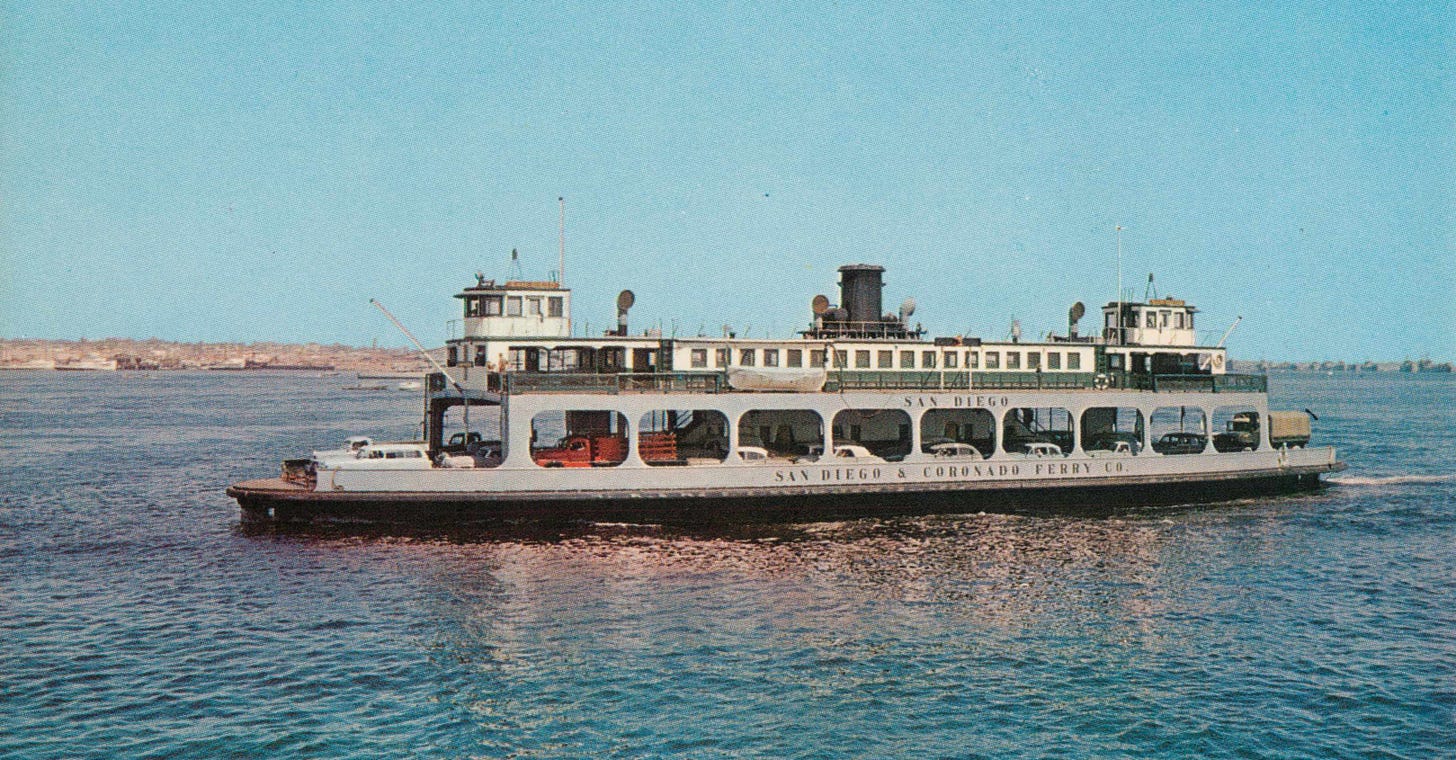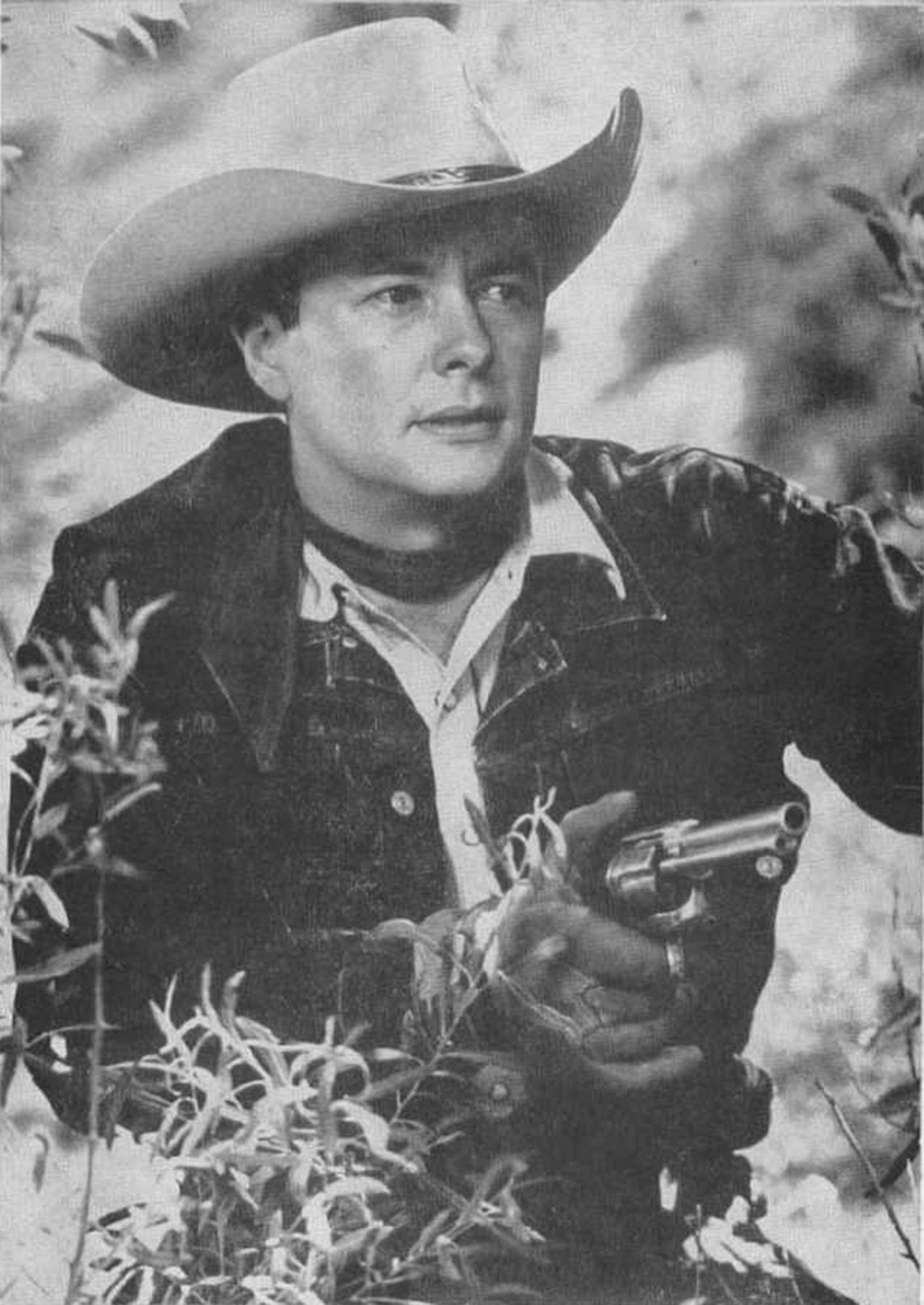
Dec. 1, 1938
The population of San Diego County at the end of 1938 was estimated at 296,000. The population of California was estimated to be 6,940,000, a 22 percent increase from the 1930 census of 5,677,251 persons. The California Taxpayers Association noted that California’s population was increasing at a rate higher than rest of the United States.
Dec. 5, 1968
The California Toll Bridge Authority gave approval to the name San Diego-Coronado Bay Bridge for the span that was under construction. The authority voted in response to a request from the Bridge Ceremonies Committee, whose chairman was Councilman Joseph Overton. Work on the toll collection equipment started early 1969. Much of the equipment was transferred from the Carquinez Bridge in Vallejo and Benicia-Martinez Bridge in Martinez because they were both converted to one-way toll collection.
Dec. 7, 1933
Central Drug Store on Orange Avenue installed an electric soda fountain. The new fountain was larger than the old one, 100 percent electric and modern in every respect.
Dec. 8, 1983
The ferry San Diego, one of the last ferryboats to shuttle cars and people between San Diego and Coronado, was bought by Roger Morgan, a Coronado resident and business executive, for $150,000 in an attempt to save the boat from scrap. Morgan told the city council that the boat could house a 216-seat dinner theater and a 150-seat cocktail lounge on the car deck; a 206-seat indoor/outdoor restaurant on the passenger deck; and could be located on land next to Glorietta Bay to keep maintenance costs down. Morgan’s plan was given an enthusiastic reception when it was presented to the council.
After many delays and roadblocks, negotiations fell apart, and Morgan sued the city of Coronado for $3 million. In April 1988, Morgan and the city reached a mutual agreement to settle out of court for an undisclosed amount. The prior year, Morgan signed a 30-year lease with the city of Antioch, in the San Francisco Bay area, with plans for the vessel to be remodeled as a restaurant and bar. But the San Diego never got its second chance. The ferry caught fire and was gutted, relegating it to scrap.
Dec 19, 1888
The San Diego Union reported that residents of Coronado met at the old schoolhouse on the corner of Seventh Street to discuss the decision of the Supreme Court of California which declared Coronado was within the corporate limits of the city of San Diego. W. H. C. Eckert, who had acted as attorney for the Coronado landowners and argued the case before the court, stated that the residents of Coronado Beach should prosecute the case further and carry it to the federal courts. The crowd, which included E.S. Babcock Jr. and Sen. George Hardacre, agreed. A committee was appointed and instructed to communicate with the Coronado Beach Company and the San Diego City Council. Two years later, the vote to incorporate Coronado as a separate city passed.
Dec. 20, 1973
Band director Robert Demmon took the Coronado High School marching band to Camarillo, where they won the Sweepstakes award. Music, showmanship and marching ability scores were all excellent, earning them a permanent Sweepstakes trophy and a perpetual trophy. It was a successful marching season, bringing Coronado to the forefront in Southern California. With a broom mounted on top of the first of three buses, to indicate “clean sweep,” the Islander Marching Band and Drill Team returned home on Saturday, Dec. 22, after the Camarillo Christmas Parade in Ventura County. A police car met the buses at the toll gate plaza and escorted them to the high school band room. Mayor Mac McNeely, acting superintendent Jay Mack, Coronado High School Principal Robert Oliver and Vice Principal Maurice Shaw joined more than 100 parents and friends to greet them.
Dec. 22, 1923
Another ward was added to Coronado’s hospital, bringing the number of beds up to 15. More beds were needed for emergency cases, including many obstetrical ones, that arrived after midnight when it was impossible to reach San Diego on short notice because of the ferry schedule.
Dec. 22, 1948
St. Nick was flown to Coronado on a Navy helicopter, landing at Cutler Field as several thousand Coronado boys and girls roared a tremendous welcome. Before Santa arrived, well-known movie star and rodeo performer Tim Holt gave a riding show on his horse Shiek. Holt and Shiek danced and high-stepped to lively marching tunes by the Coronado High School band. The event also featured the high school choir, and the Kiwanis Club sponsored a Christmas party for the city’s youngsters. A few days later, Santa made another helicopter entrance for the nearly 1400 children at the Naval Air Station on North Island. After his landing, St. Nick led the boys and girls to the base theater for movies, caroling, clowns and refreshments.
Dec. 27, 1912
A fire broke out at the asphalt plant at the foot of 4th Street. Several hundred sacks of stone dust were destroyed. The fire department had the fire out in a short time, and the damage amounted to about $1,000.
Dec. 31, 1953
Pacific Telephone’s project to change all local telephone numbers to seven digits by Jan. 24, 1955, shifted into high gear. Western Electric installers were temporarily assigned to the Coronado office to work on the project, supplementing regularly assigned telephone switchmen. Upon completion, Henley 3 prefix was changed to HEmlock 4.






